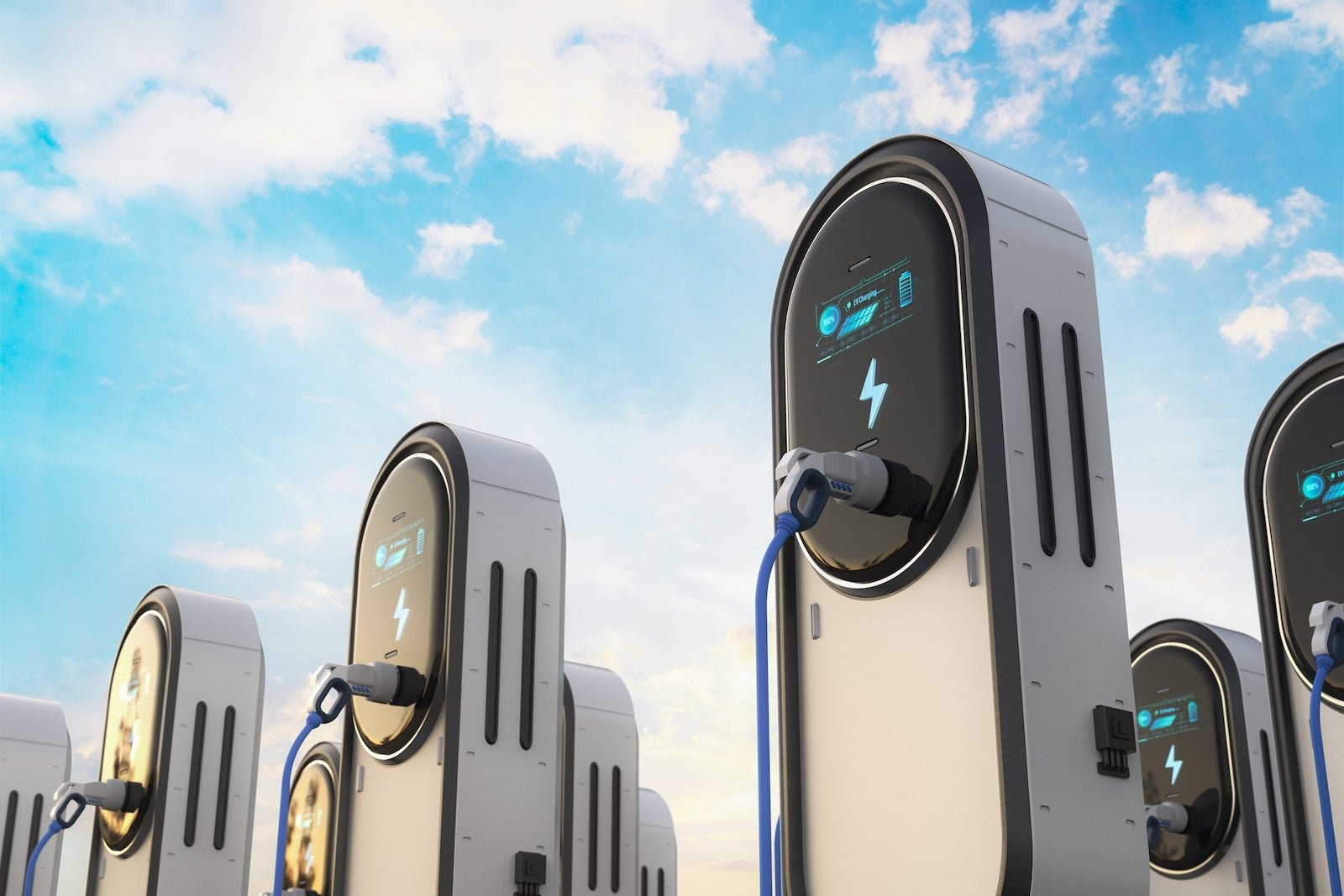The White House has announced that it is making progress on the charging network needed to enable long road trips in electric cars. President Joe Biden recently announced $623 million to fund 47 electric vehicle (EV) charging and alternative-fueling infrastructure projects in 22 states and Puerto Rico. This funding is part of the Biden administration’s investment in building an EV charging network across the U.S.
One of the biggest hurdles to the American transition to EVs has been range anxiety among consumers due to the lack of available and working chargers. Currently, there are approximately 170,000 public chargers available to charge the estimated 4 million EVs on American roads. To address this issue, the U.S. Department of Transportation authorized $100 million in September to repair and replace existing but non-operational charging infrastructure.
The recently announced funding is just one part of the government’s efforts to solve the range anxiety issues. It includes money for 7,500 new EV charging ports in states such as New Jersey, California, Texas, and Arizona. The administration’s goal is to have at least 500,000 public chargers across the U.S. by 2030. Shailen Bhatt, administrator of the Federal Highway Administration, believes that this goal will be achieved even earlier, possibly by 2023.
Bhatt compares the challenge of Americans embracing EVs to the country building out its interstate system in the 1950s and ’60s. He believes that technology will play a crucial role in addressing range anxiety, allowing people to easily locate and use charging stations through apps or Google Maps.
In addition to funding for more charging stations, the government will also address the reliability of existing chargers. The most common reasons for failed EV charging stations are problems with station connectivity, internal station fault errors, and credit card reader problems. New charging stations will need to be app-enabled and accessible off the roadway, with a charging station no more than 1 mile off the transportation corridor every 50 miles.
The $623 million allotted to the 22 states and Puerto Rico will provide approximately 7,500 charging stations in a variety of locations, including highways, places of worship, banks, and other community businesses. With an expected increase in the number of EVs on the road, from 4 million currently to about 30 million by 2030, the government is focused on building a robust charging network.
Rental car companies have also been adding EVs to their fleets, providing an option for first-time EV users. Hertz, for example, quickly transitioned to an EV fleet in 2021, with “tens of thousands of EVs” at over 2,000 locations in multiple countries. However, Hertz recently announced that it was selling 20,000 EVs, approximately one-third of its electric fleet, to purchase gasoline-powered vehicles. Despite this, the government remains confident in the overall trend of EV sales and the need for a charging network.
Avis, on the other hand, has taken a more cautious approach to EVs and is still in its “infancy EV stage.” The lack of charging infrastructure at U.S. airports is a concern for Avis, as airports play a significant role in the EV transition.
Overall, the EV experience for the average American is determined by where they live and where they are driving to and from. While some parts of the country have well-developed charging networks, there are still areas, particularly in the middle, where the networks are not fully built out yet. The government and rental car companies are working towards a future where EVs are more accessible and range anxiety is no longer a concern.

